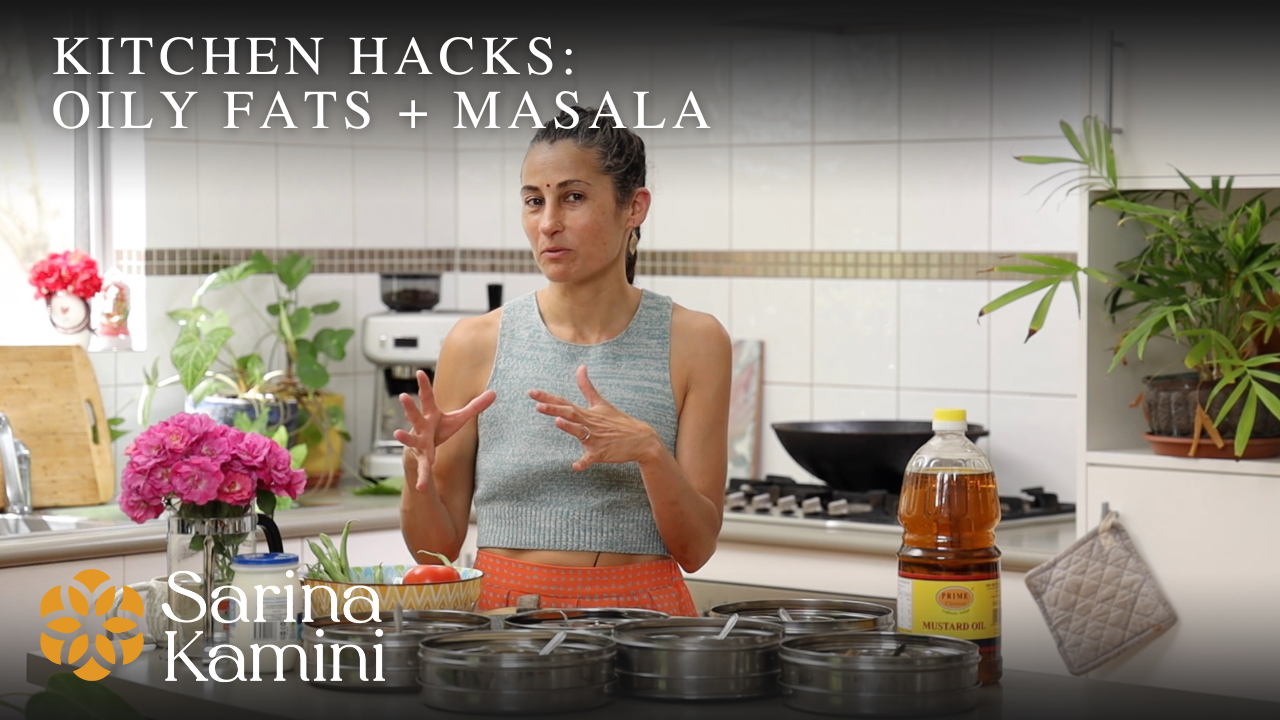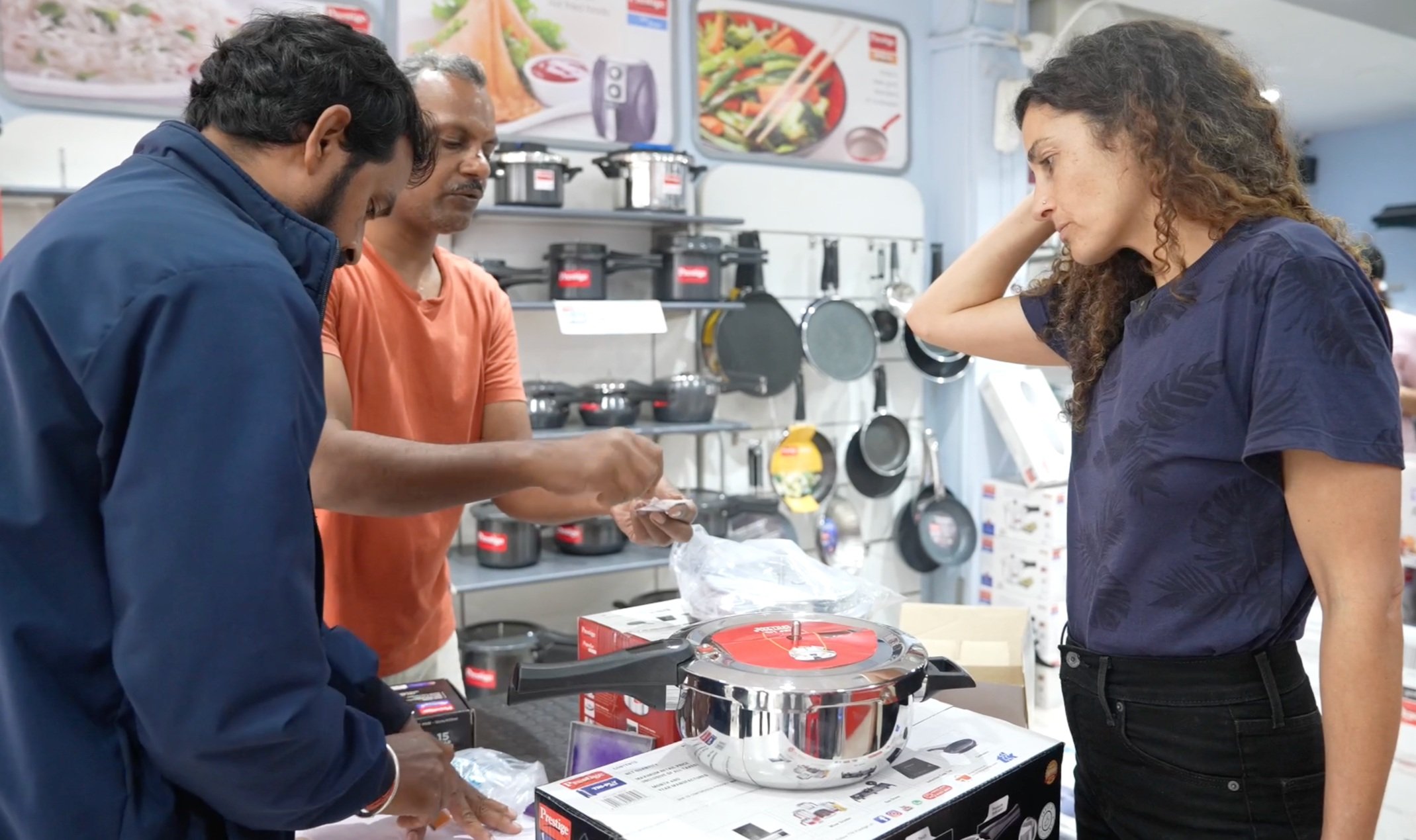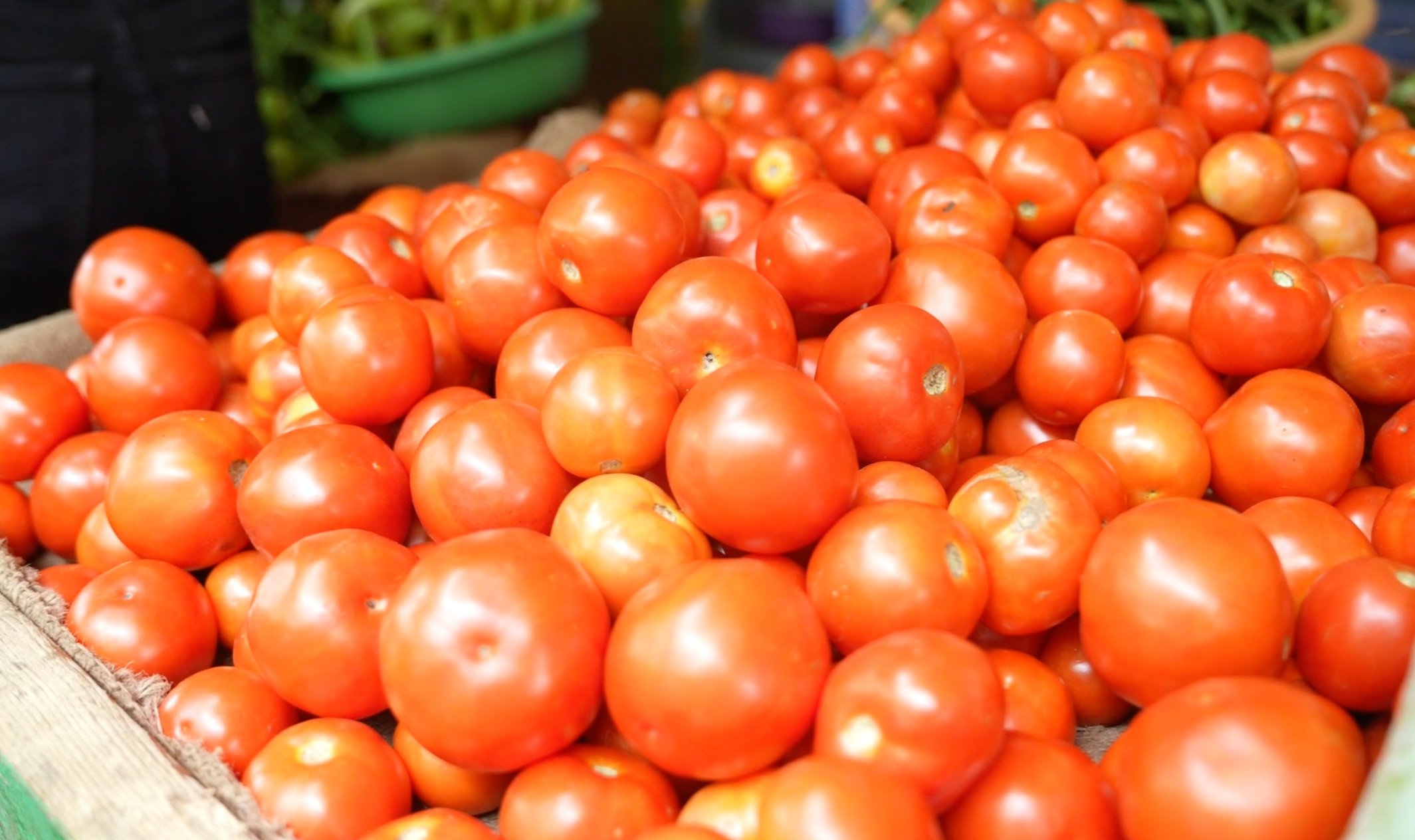USING OIL WITH INDIAN RECIPES
USING OIL WITH INDIAN RECIPES

MY TOP TIP FOR USING OIL WITH SPICES.
Our top tips for how much oil to use when making Indian recipes at home will change your cooking. Using the right kind of oil or fat, in the right quantity, is key to getting authentic tasting Indian food at home. Discover the link below to read my tips, and best problem solving advice when using fats and oils with your spices.
TOP TIPS
OIL AND INDIAN RECIPES
Can I use water instead of oil?
You can, but it won’t taste the same. Fats and oils are chosen in traditional recipes to help ensure that the meaning of the recipe is understood by whoever is eating it. This is because the fats and oils will influence both how the spices taste, and how the body receives the information and the nutrition of the recipe. If you are following a strict calorie-reduction diet, we would suggest using the fats and oils called for but just using a little less.
Is it unhealthy to use oil in cooking?
Oils and fats are not unhealthy in and of themselves, unless of course you are battling an underlying health condition. For a healthy body, the concern around oil and fat use normally amounts to calories. Amounts of oils and fats used in conjunction with spices and produce help to satisfy appetite, which in turn can teach our body to eat less over time.
Which is the healthiest oil to use when cooking Indian recipes?
Traditional regional Indian recipes are based on cooking for deliciousness and heath—food as medicine is an important aspect of Indian food. The oils that are traditionally chosen as the base fat for each recipe will be based on what was available, and what was considered the “healthiest” option for that dish: the fat will help to translate the medicinal affect of the spices. Your healthiest choice is to use the fats and oils that traditional recipes ask for.
How do I fix my Indian food if it’s too oily?
If you find that a dish is too oily at the finish, or as you are cooking, there are ways to fix it. One simple way is to add some more produce in the form of vegetables that will absorb and give more volume through which the oiliness can disperse. Think spinach, potatoes, or fresh tomatoes chopped up. Adding yogurt if it fits the taste profile of the recipe is also a good hack.



